TikiCam: Pro HD Beauty Camera - HD selfie photo enhancer
Enhance your selfies with pro-level beauty filters and HD quality.
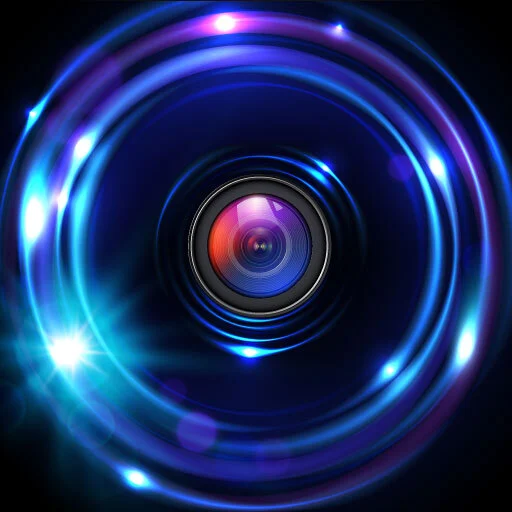
- 2.4.0 Version
- 1.7 Score
- 8M+ Downloads
- Free License
- 3+ Content Rating
Introducing TikiCam: Pro HD Beauty Camera
TikiCam: Pro HD Beauty Camera is a feature-rich application that enhances users' ability to capture superior, higher-quality images at any time. Offering functionalities like face detection, color effects, scene modes, white balance, exposure compensation, burst mode, and more, this advanced camera app for Android is equipped with a suite of tools for photo editing and customization.
Facial Sculpting Based on Weight Preference
No longer do you have to wait for fitness results to reflect on your face. Our innovative face sculpting feature adjusts your facial contours dynamically according to your weight desires, allowing you to appear either leaner or fuller depending on your preference.
Monkey Mask Fun
Embrace playfulness with our fun Monkey Mask feature in the Tiki Change Background - Collart app. Whether you seek amusement or lighthearted entertainment, this feature will turn you into the life of the party.
Age Transformation Filter
Curious about your appearance as you age? Our Aging Filter takes you on an engaging journey forward in time, providing a realistic glimpse of your older self.
Photo Background Transformation
Tired of mundane backgrounds? Easily modify your photo background! Our background editor, also known as the background eraser, enables swift replacement or adjustment of your photo backdrop. Bid farewell to concerns about subpar settings ruining excellent shots, thanks to the background remover - change background eraser feature.
Vibrant Neon Selfies
Elevate your selfies with a modern and futuristic touch using our Neon Selfie Editor. Stand out with brilliant colors and radiant effects, shining uniquely like never before!
Hair Makeover
Effortlessly switch between various hairstyles with this convenient feature. Whether you desire a dramatic transformation or a subtle change, we've got you covered.
Blur Effects with Filters
Achieve a professional bokeh effect akin to DSLR camera shots. Utilize our blur with filters feature to create a depth-of-field effect, imparting a professional touch to your photos.
Camera Capabilities
TikiCam amalgamates top features from different types of cameras to offer an unparalleled photo-editing journey. Experience top-notch photo quality through our camera capabilities, while the pro camera mode empowers you with granular controls over settings, making TikiCam an all-in-one robust photography app.
Enhance your selfies with TikiCam: App Photo Background Expander ;)
Experience the ease and excellence of this high-quality Camera Change Background of Photo app by downloading it. Consolidate your camera and photo editing needs into one with this app, sparing your phone's memory. Generate high-quality images and perform edits comparable to heavy-duty software, all within a single app.
Know the Tech: What is face detection?
Face detection, also called facial detection, is an artificial intelligence (AI)-based computer technology used to find and identify human faces in digital images and video. Face detection technology is often used for surveillance and tracking of people in real time. It is used in various fields including security, biometrics, law enforcement, entertainment and social media.
Face detection uses machine learning (ML) and artificial neural network (ANN) technology, and plays an important role in face tracking, face analysis and facial recognition. In face analysis, face detection uses facial expressions to identify which parts of an image or video should be focused on to determine age, gender and emotions. In a facial recognition system, face detection data is required to generate a faceprint and match it with other stored faceprints.
How face detection works
Face detection applications use AI algorithms, ML, statistical analysis and image processing to find human faces within larger images and distinguish them from nonface objects such as landscapes, buildings and other human body parts. Before face detection begins, the analyzed media is preprocessed to improve its quality and remove images that might interfere with detection.
Face detection algorithms typically start by searching for human eyes, one of the easiest features to detect. They then try to detect facial landmarks, such as eyebrows, mouth, nose, nostrils and irises. Once the algorithm concludes that it has found a facial region, it does additional tests to confirm that it has detected a face.
To ensure accuracy, the algorithms are trained on large data sets that incorporate hundreds of thousands of positive and negative images. The training improves the algorithms' ability to determine whether there are faces in an image and where they are.
Face detection methods
Face detection software uses several different methods, each with advantages and disadvantages:
Viola-Jones algorithm. This method is based on training a model to understand what is and isn't a face. Although the framework is still popular for recognizing faces in real-time applications, it has problems identifying faces that are covered or not properly oriented.
Knowledge- or rule-based. These approaches describe a face based on rules. Establishing well-defined, knowledge-based rules can be a challenge, however.
Feature-based or feature-invariant. These methods use features such as a person's eyes or nose to detect a face. They can be negatively affected by noise and light.
Template matching. This method is based on comparing images with previously stored standard face patterns or features and correlating the two to detect a face. However, this approach struggles to address variations in pose, scale and shape.
Appearance-based. This method uses statistical analysis and ML to find the relevant characteristics of face images. The appearance-based method can struggle with changes in lighting and orientation.
Convolutional neural network-based. A convolutional neural network (CNN) is a type of deep learning ANN used in image recognition and processing that's designed to process pixel data. A region-based CNN, also called an R-CNN, generates proposals on a CNN framework that localizes and classifies objects in images. These proposals focus on areas, or regions, in a photo that are similar to other areas, such as the pixelated region of an eye. If this region of the eye matches up with other regions of the eye, then the R-CNN knows it has found a match. However, CNNs can become so complex that they "overfit," which means they match regions of noise in the training data and not the intended patterns of facial features.
Single shot detector (SSD). While region proposal network-based approaches such as R-CNN need two camera shots -- one for generating region proposals and one for detecting the object of each proposal -- SSDs only require one shot to detect multiple objects within the image. Therefore, SSDs are faster than R-CNN. However, SSDs have difficulty detecting small faces or faces farther away from the camera.
Some techniques used in face detection applications include the following:
Background removal. If an image has a plain, mono-color background or a predefined, static one, removing the background can reveal the face boundaries.
Skin color. In color images, skin color can sometimes be used to find faces; however, this might not work with all complexions.
Motion. Using motion to find faces is another option. In real-time video, a face is almost always moving, so users of this method must calculate the moving area. One drawback of this approach is the risk of confusion with other objects moving in the background.
A combination of these strategies can provide a comprehensive face detection method.
Uses of face detection
Face detection has several uses, including the following:
Facial recognition. This technology uses face detection to go a step further, actually recognizing a person's face and identifying them.
Entertainment. Face detection is often used in movies, video games and virtual reality. Facial motion capture is used in face detection to electronically convert a human's facial movements into a digital database using cameras and laser scanners. This database can be used to produce realistic computer animation for movies, games or avatars.
Smartphones. Most smartphones use face detection to autofocus cameras for taking pictures and recording videos. Smartphones can also use face detection in place of passcodes. For instance, users of Apple iPhone X and later models can use face detection to unlock their phones.
Security. Face detection is used in security cameras to detect people who enter restricted spaces or to count how many people have entered an area. An additional use is drawing language inferences from visual cues -- a form of lip reading. This can help computers determine who is speaking and what they're saying, which helps with security applications. Furthermore, face detection can be used to determine which parts of an image to blur to ensure privacy, and used by public security cameras to map streets and the people on them in real time.
Marketing. The technology also has marketing applications, such as displaying specific advertisements when a particular face is recognized, or detecting emotions when customers react to products or services.
Emotional inference. Another application for face detection is as part of a software implementation of emotional inference, which can help people with autism understand the feelings of people around them. The program reads the emotions on a human face using advanced image processing.
Biometric identification. Similar to how face detection is used with smartphones, it can be used in e-commerce and online banking to verify identities based on facial features. It can also be used to control access to physical facilities.
Social media. Social media apps use face detection to determine the identities of people in photos and to suggest tagging them. This was one of the first mainstream uses of face detection.
Industry of health. Face recognition can also be used in healthcare to facilitate patient check-ins and checkouts, maintain security, grant access control to restricted areas, and evaluate patients' emotional state.
Advantages of face detection
As a key element in facial imaging applications, such as facial recognition and face analysis, face detection creates various advantages for users, including the following:
Improved security. Face detection improves surveillance efforts and helps track down criminals and terrorists. Personal security is enhanced when users use their faces in place of passwords, because there's nothing for hackers to steal or change.
Easy to integrate. Face detection and facial recognition technology is easy to integrate, and most applications are compatible with the majority of cybersecurity software.
Automated identification. In the past, identification was manually performed by a person; this was inefficient and frequently inaccurate. Face detection allows the identification process to be automated, saving time and increasing accuracy.
Disadvantages of face detection
Face detection also holds various disadvantages, including the following:
Massive data storage burden. The ML technology used in face detection requires a lot of data storage that might not be available to all users.
Inaccuracy. Face detection provides more accurate results than manual identification processes, but it can also be thrown off by changes in appearance, camera angles, expression, position, orientation, skin color, pixel values, glasses, facial hair, and differences in camera gain, lighting conditions and image resolution.
A potential breach of privacy. Face detection's ability to help the government track down criminals creates huge benefits. However, the same surveillance can let the government observe private citizens. Strict regulations must be set to ensure the technology is used fairly and in compliance with human privacy rights.
Discrimination. Experts have raised concerns about face detection's inaccuracy in recognizing people of color, mostly women, and how that issue could result in falsely connecting people of color with crimes they didn't commit. These worries are part of a broader concern about racial biases in machine learning algorithms.
Face detection vs. face recognition
The terms face detection and face recognition are often used interchangeably, and they both pertain to face identification. However, facial recognition is actually an application of face detection -- albeit one of the most significant ones. Facial recognition software is used for unlocking phones and mobile apps as well as for biometric verification. The banking, retail and transportation industries use facial recognition to reduce crime and prevent violence.
In short, face recognition technology goes beyond detecting the presence of a human face to determine whose face it is. The process uses a computer application that captures a digital image of an individual's face -- sometimes taken from a video frame -- and compares it with images in a database of stored records.
Popular face detection software
Among the face detection software programs available are the following:
Amazon Rekognition is a cloud-based service that identifies individuals in real-time video streams and pairs individual metadata with faces.
Dlib is an ML toolkit used in security, surveillance and image analysis.
Google Cloud Vision API provides basic face detection and identification in photos and videos.
Megvii Face++ is often used for access control, e-commerce and social media.
Microsoft Face API is a cloud-based service that identifies and tracks individuals in pictures and video streams and can analyze facial features.
OpenCV is an Open Source computer vision library used in academic and commercial applications.
- Version2.4.0
- UpdateSep 14, 2024
- DeveloperTiki Punch Studio
- CategoryPhotography
- Requires AndroidAndroid 7.0+
- Downloads8M+
- Package Namecom.tikipcamera.android.cameraapp
- Signature3b2e39e0568df86590f0070e999fcf89
- Available on
- ReportFlag as inappropriate
-
NameSizeDownload
-
17.86 MB
-
30.23 MB
-
281.90 MB





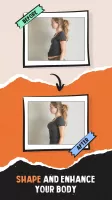




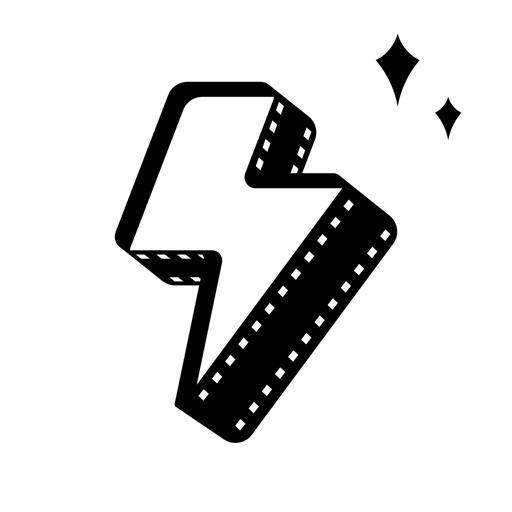
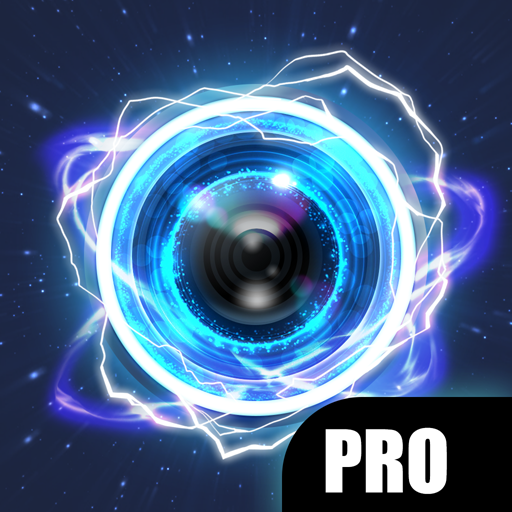




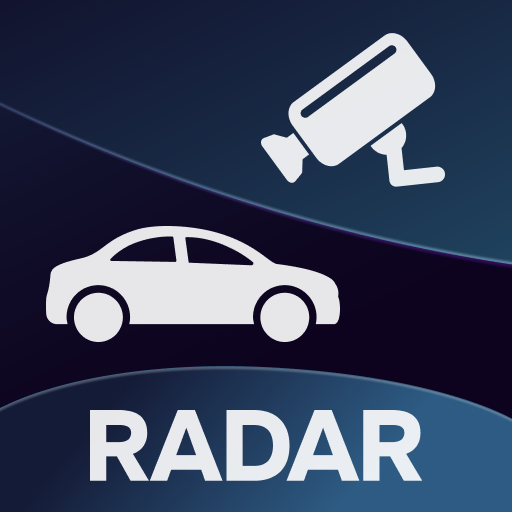

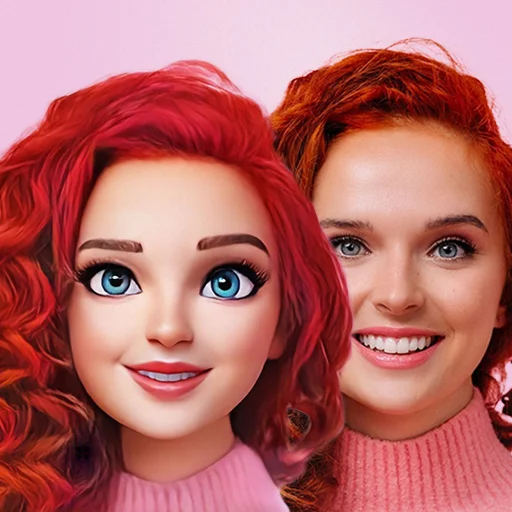




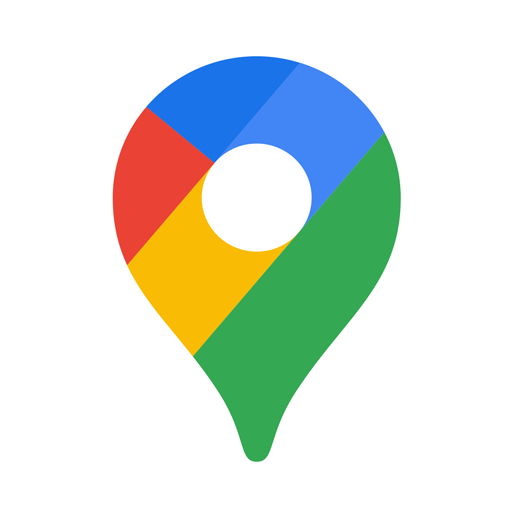
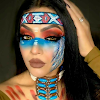



seamingly photo blending
very nice for HD photo
faster and easier apply suggested